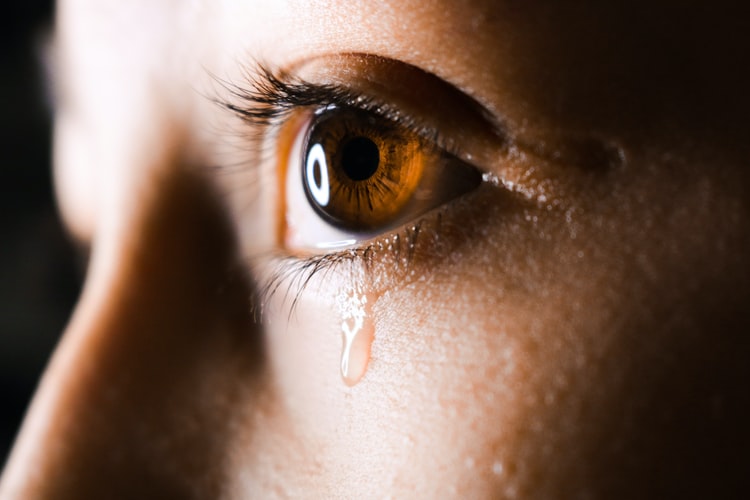Hidefumi Yoshida, a self-described ‘tear teacher’, encourages people to shed a few tears every once in a while as a way to relieve stress and lead a happier life.
Japanese are among the least likely of all nationalities to cry, and some would go as far as to say that there is a stigma surrounding crying in the Asian country. But according to Hidefumi Yoshida, a man who has dedicated the last eight years of his life to bringing people to people’s eyes, Japanese people originally had a predisposition to cry easily, but that all changed to the point where children and adults alike are discouraged from crying and they end up becoming closed off. Yoshida has been trying to change this perception, by educating people on the benefits of crying as a way of relaxing and combating stress. He claims to have helped over 50,000 people shed tears over the last seven and a half years.

Photo: Aliyah Jamous/Unsplash
Former high school teacher Hidefumi Yoshida, who calls himself a ‘namida sensei’ (‘tear teacher‘), refers to his crying-inducing technique as “rui-katsu”, which roughly translates as “tear seeking”. He organizes regular workshops and lectures across Japan, teaching people the benefits of shedding even a single tear a week, and helping them do it.
“If you cry once a week, you can live a stress-free life,” Yoshida told the Japan Times. “The act of crying is more effective than laughing or sleeping in reducing stress.”
The 45-year-old explains that crying brings huge benefits to your mental health by stimulating parasympathetic nerve activity, which slows the heart rate and has a soothing effect on the mind. The harder you cry the better you feel. Wailing is ideal, but even a single shed tear can do wonders for your health and general well-being. But it’s important to shed that one tear, as simply tearing up isn’t enough, the tear teacher claims.
The type of tears one sheds is also important, Hidefumi Yoshida explains. The ones caused by brief emotional experiences, like watching a drama or a romantic movie, reading a tear-jerking book or listening to a powerful song, are the best type. Grief-caused crying is very different. It forces a lasting sorrow onto us, and that can has negative consequences.
Hidefumi Yoshida has been preaching the benefits of crying for almost eight years, but his tear teaching career really picked up in 2015, when Japan introduced a mandatory stress-check program for companies with 50 or more employees. Since then, he has been struggling to keep up with requests from companies and other entities to give lectures and use his rui-katsu to help people relieve stress.
“My job is to make people feel refreshed through crying,” Yoshida recently told the BBC. “I have brought nearly 50,000 people to tears in the last seven and a half years. I use films, children’s books and letters to make people cry. I use films with different themes, such as family, animals, athletes or nature. Some people cry from just watching beautiful scenes of nature.
“I was not sure if I could actually cry,” one rui-katsu participant said. “I was surprised to have found myself filled with emotions and cry to the point where it hurts. Afterwards I felt refreshed, as if I took a bath.












